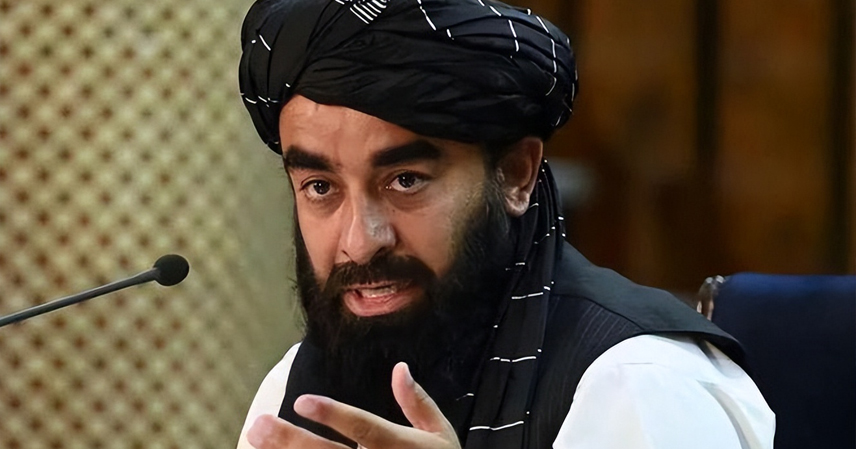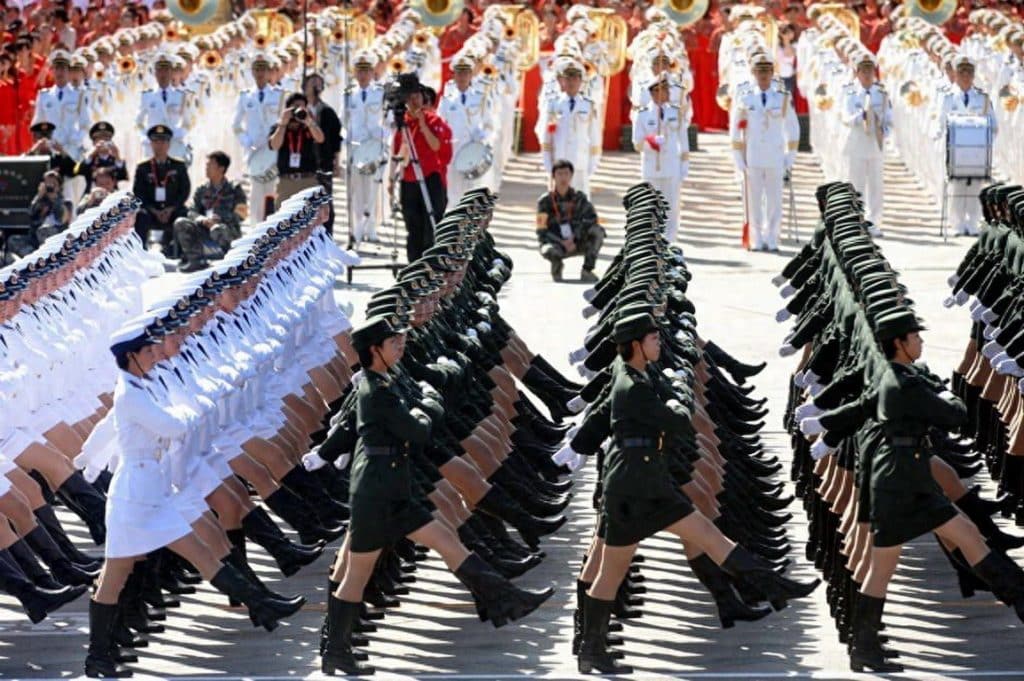Intensified Border Conflict
On the night of October 11th into the early hours of October 12th, heavy clashes erupted along the Afghanistan-Pakistan border. The confrontation followed an unannounced Pakistani airstrike on Kabul, officially aimed at targeting the Tehrik-i-Taliban Pakistan (TTP), a militant group operating across the border. Afghan authorities, however, condemned the strike as a violation of sovereignty, prompting retaliatory attacks.
Both sides deployed fighter jets, drones, and artillery during the exchanges. The Pakistani military claimed that its precise strikes killed over 200 militants, while Afghan Taliban officials reported significant casualties on the Pakistani side, highlighting conflicting casualty numbers that remain difficult to verify independently.
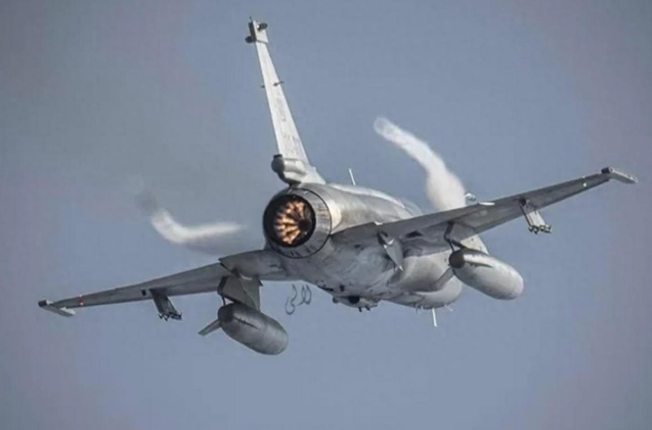
Military Tactics and Equipment
The intensity of the operation saw multi-branch coordination by Pakistan. The Pakistan Air Force deployed F-16s, JF-17 Thunder fighters, and armed drones to bomb Afghan border regions. Reports indicate that Pakistani forces claimed to have seized 19 Afghan posts and bases, including targeted precision strikes on Jandosar Outpost and Durani Camp. Ground units utilized heavy artillery and anti-tank missiles in the Chitral border area.
Strategically, Pakistan combined precision strikes with territorial occupation to weaken Taliban command structures while securing key border points to create a buffer zone. Meanwhile, the Afghan side emphasized that no foreign powers would be allowed access to Bagram Airbase, underlining their refusal to cede control.
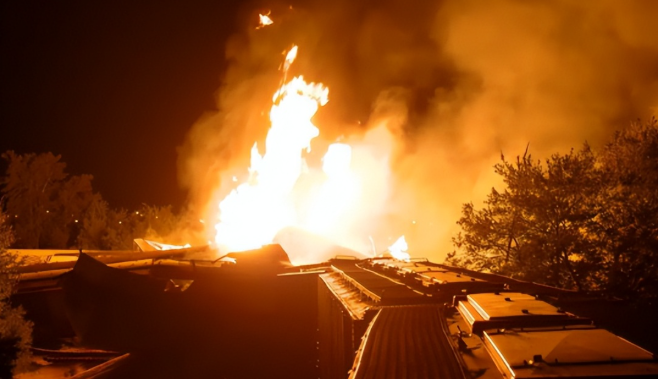
Historical and Political Context
The underlying tension traces back to the Durand Line, a 2,600-kilometer border established in 1893 by the British, which Afghanistan has historically disputed. Since the Taliban assumed power in Afghanistan in 2021, relations with Pakistan have remained strained, complicated by cross-border attacks, refugee flows, and counterterrorism concerns.
Pakistan accuses the Afghan Taliban of providing sanctuary to TTP militants. Pakistani Defense Minister Havaja Asif expressed in parliament that patience had run out and that military action against armed groups in Afghanistan had become necessary.
The timing of the strikes coincided with increased US-Pakistan coordination, including discussions on Bagram Airbase and strategic agreements on areas like rare earths and port construction, suggesting that Pakistani actions may have received tacit approval or intelligence support from the United States.
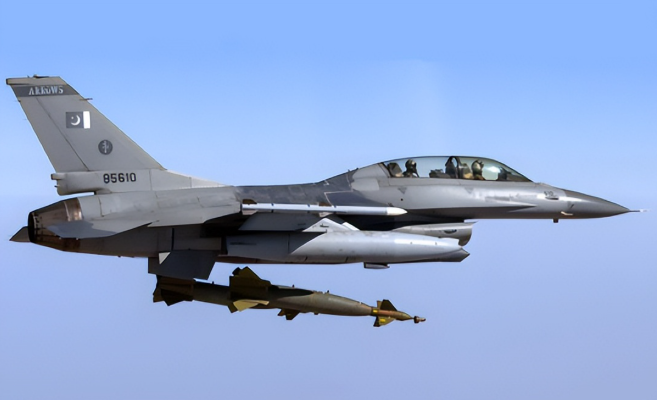
Short-Term vs Long-Term Outlook
In the short term, Pakistan’s equipment superiority and air power may continue to give it the upper hand, suppressing Taliban ground operations. However, long-term conflict dynamics suggest a possible stalemate. While the Taliban may struggle to resist airstrikes directly, they retain the capability for asymmetric and cross-border attacks, which could gradually strain Pakistan’s military and economic resources.
Afghanistan maintains a firm stance on sovereignty, with officials emphasizing that no territory, including Bagram Airbase, will be handed over to foreign powers. This position ensures that tensions are unlikely to be fully resolved in the near future.
References
- Statements from Pakistan Ministry of Defence
- Reports from Afghan Taliban spokespersons
- Local media coverage from October 11–12, 2025

